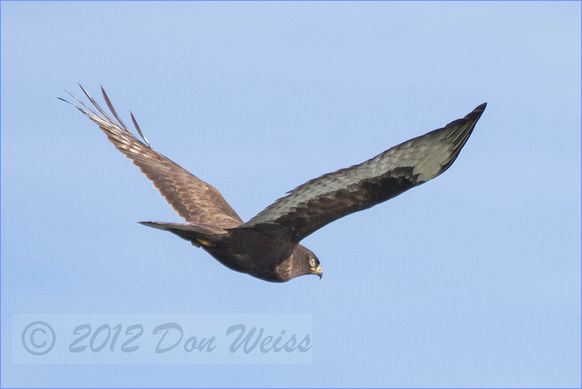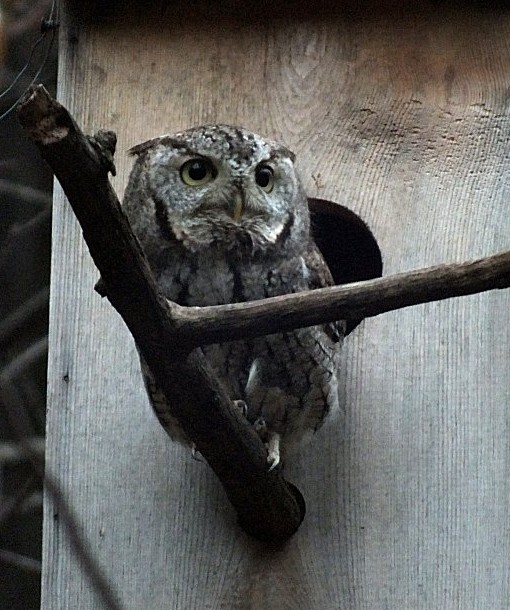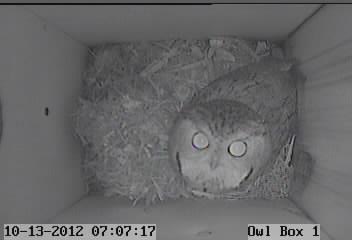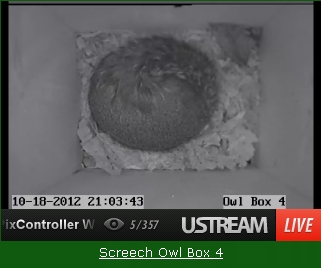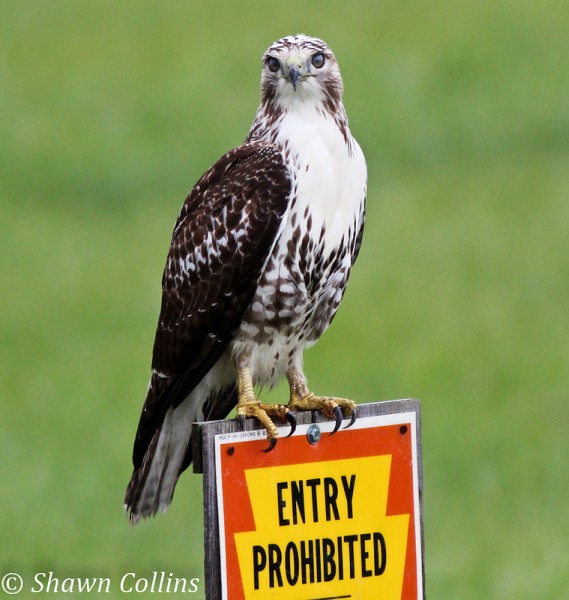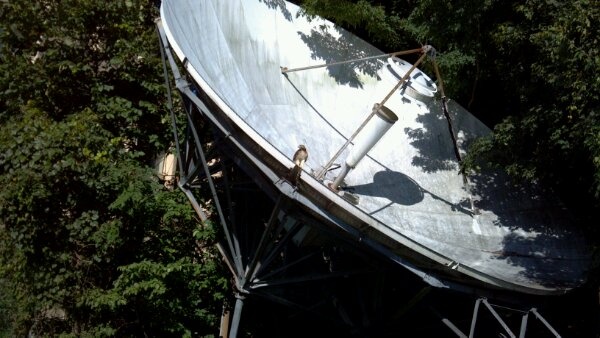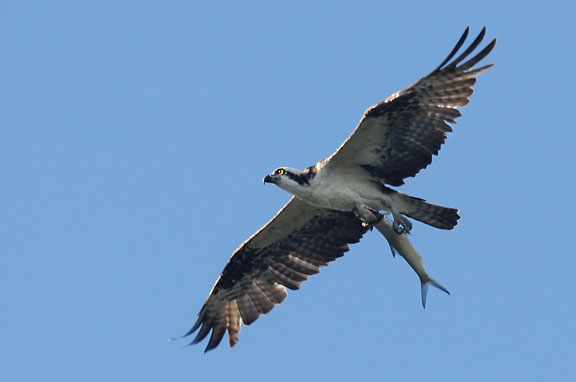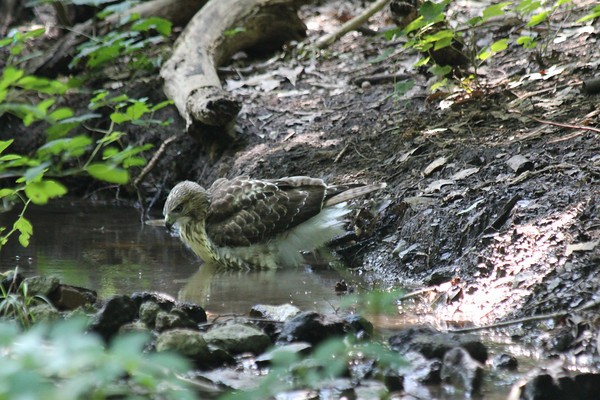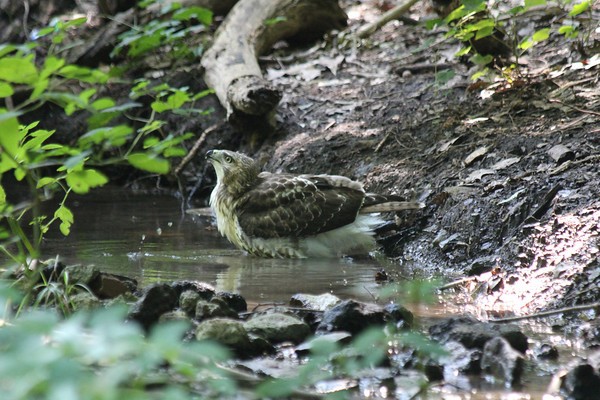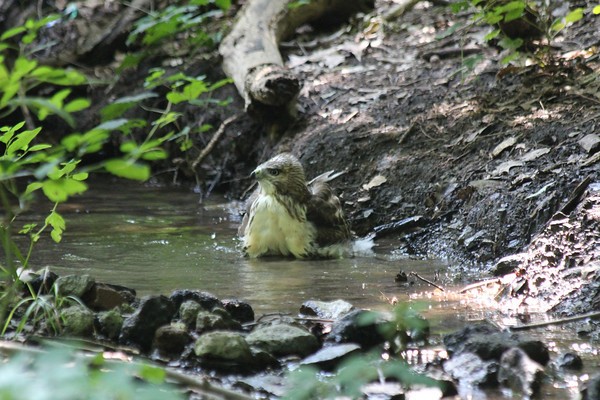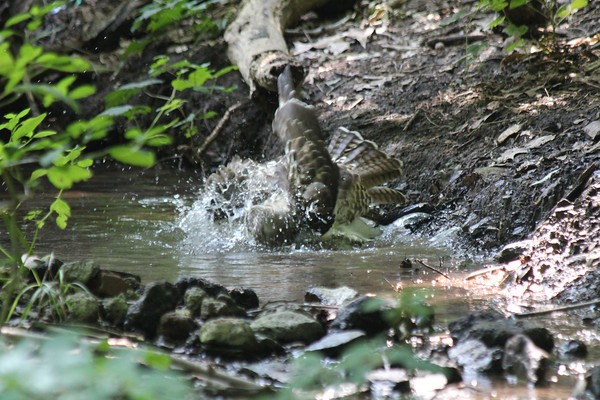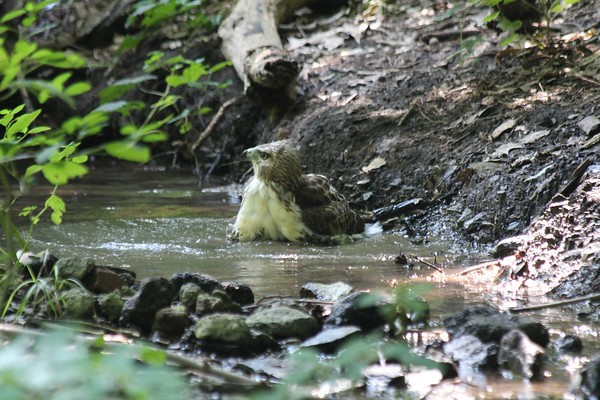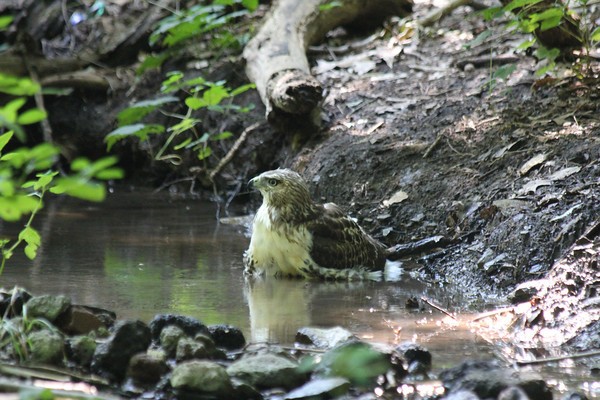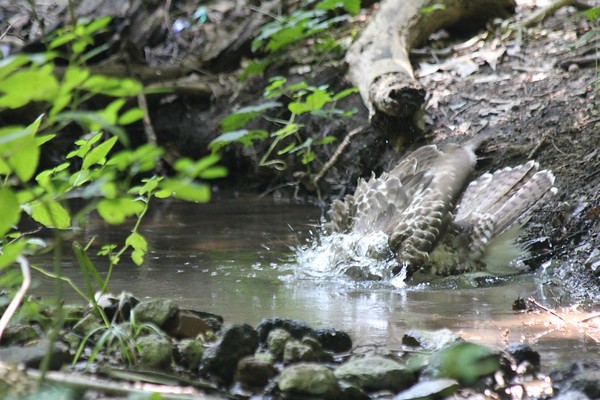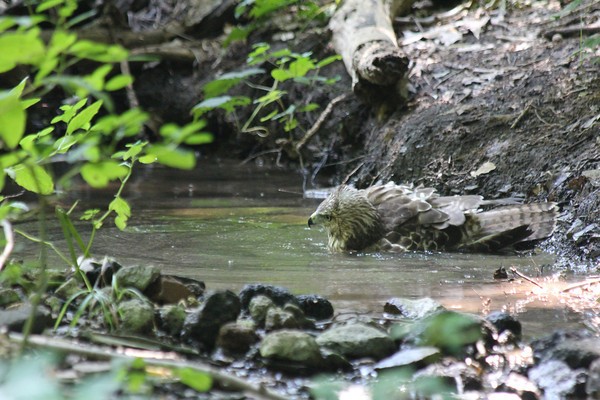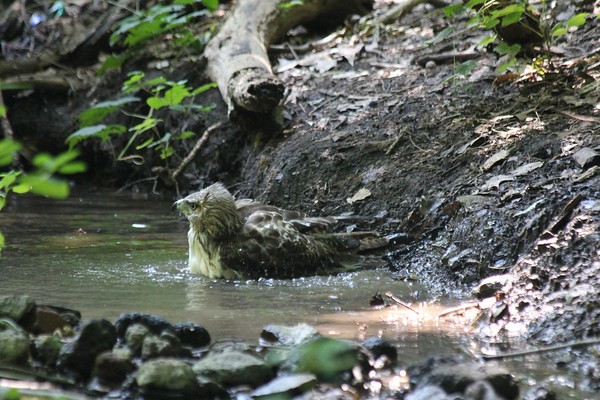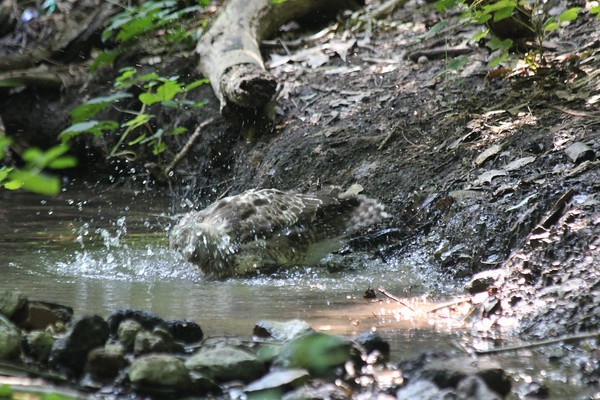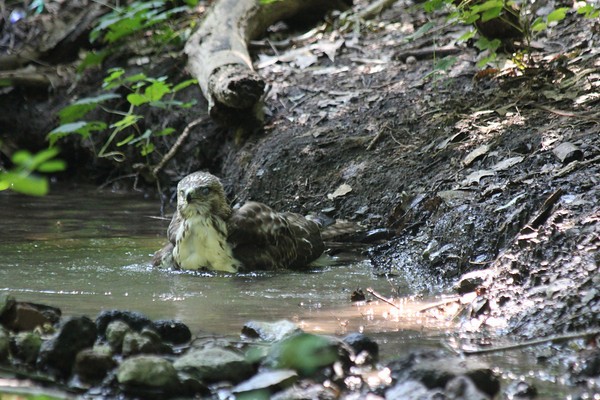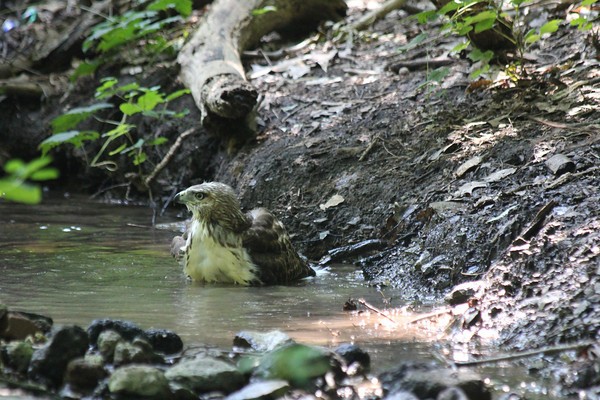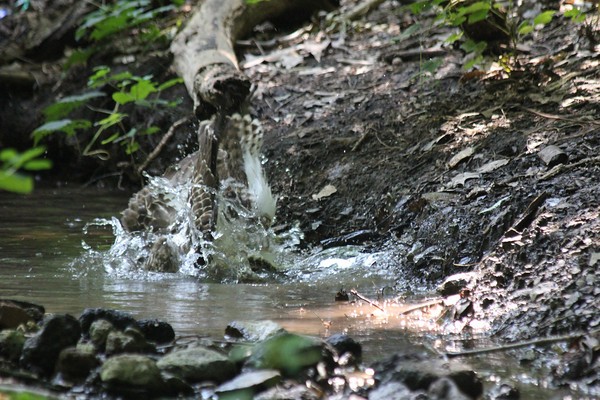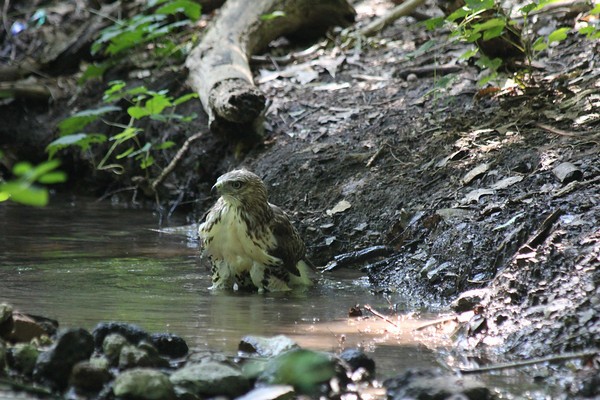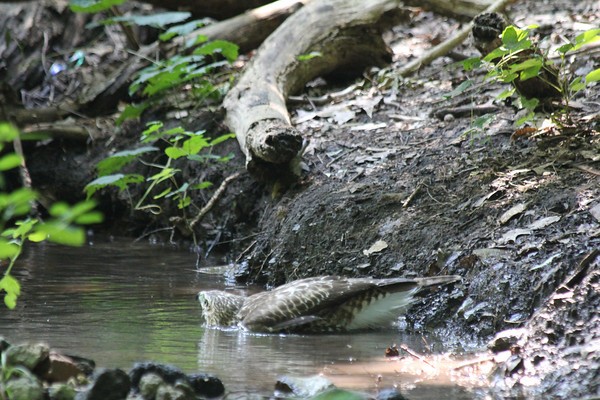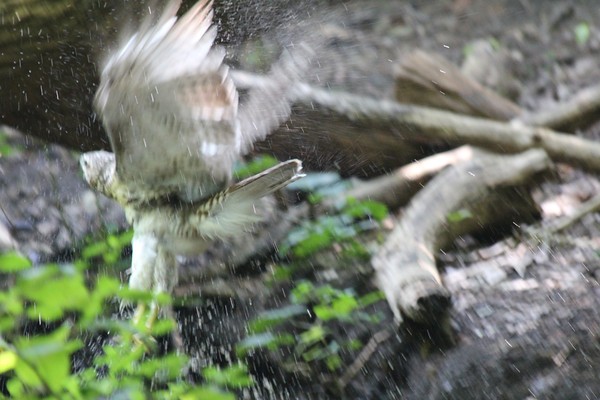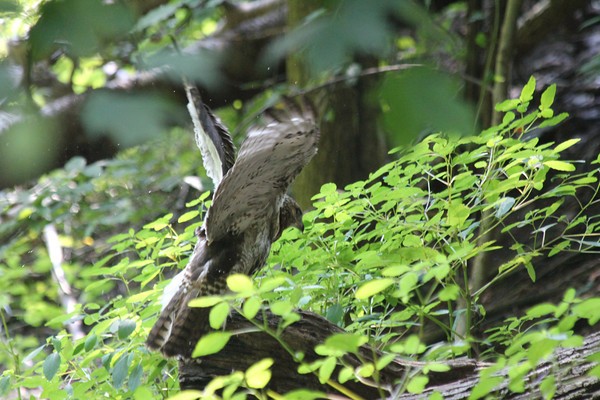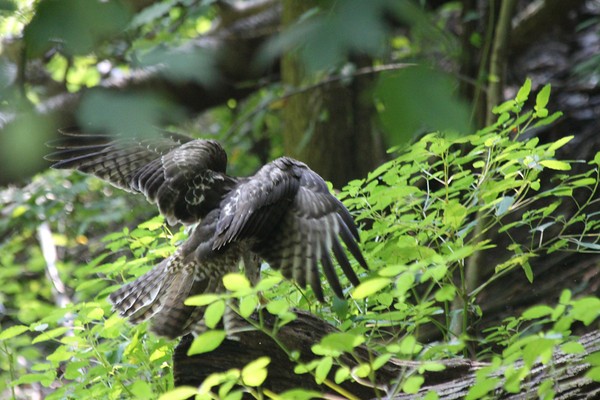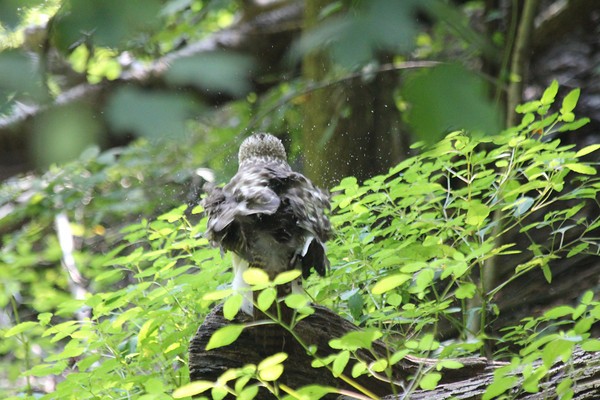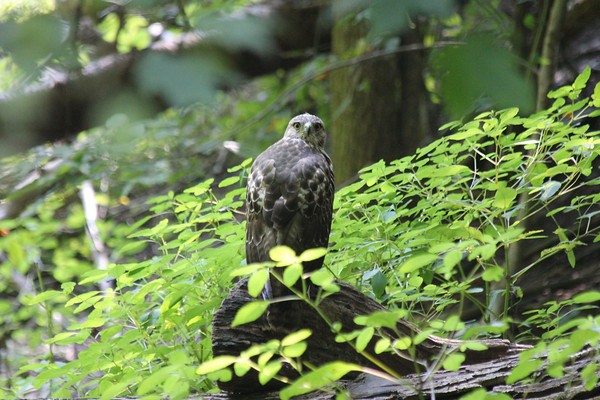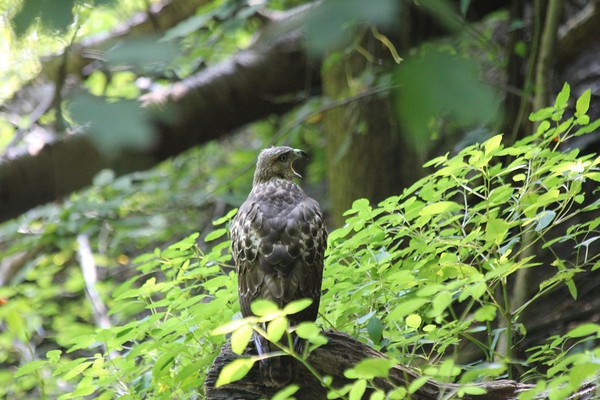
Ten months ago thousands of young snowy owls came here for the winter. That irruption was unusual, an atypical episode in a life spent in one of the harshest habitats on the planet.
Where did those young owls come from? What were their lives like in the arctic? How do they thrive in a place so foreign to our experience?
Next week we’ll find out how when PBS NATURE premieres Magic of the Snowy Owl.
The program begins in familiar territory, a farm in Wisconsin where two young snowies hunt the winter fields. Meanwhile their parents are back home in perpetual darkness. The show’s excellent footage of the arctic night gives a real taste of life in the dark.
In spring the camera crew searches for nesting owls, eventually finding a pair alone. Their solitude might not be a good sign. Will there be enough to eat? Will their young survive to adulthood?
Peregrine nestcam fans will love watching close-ups of Mother Owl with her cute babies. The saga of Father Owl’s hunt for food will sound familiar, but the dangers of polar bears and the plague of mosquitoes will not.

And there isn’t enough food. Eventually the parents have to move their entire family to the coast even though the babies can’t fly yet. The young have to walk and swim(!) to get there.
The family’s endurance is amazing. The snowy owls are almost magical.
Don’t miss Magic of the Snowy Owl on Wednesday October 24 at 8:00pm on WQED. Check local PBS listings if you’re outside WQED’s viewing area.
(photos of snowy owls in the arctic from PBS NATURE)
p.s. If you like to identify birds by ear, you’ll enjoy the soundtrack of the arctic summer.
